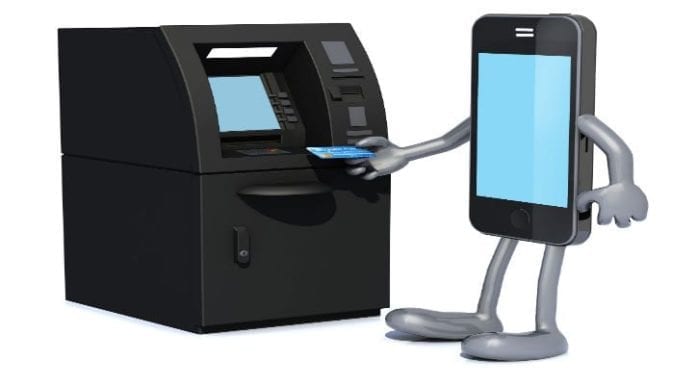The drop in revenue growth and margin in traditional telecom services has led Latin American operators to seek opportunities to provide new services and business solutions for verticals. The low value-added level of connectivity offers associated with end-user needs has also been a trigger for telcos, which are willing to monetize new opportunities through fresh business models. In light of that, operators consider mobile financial services as one of the future’s most promising revenue streams, evidenced by the creation of specialized business units for the service within telcos. Indeed, Brazil’s four major telcos – Vivo, Claro, Oi and TIM – have all partnered with banks, and other stakeholders, to provide mobile payment services.
Most mobile payment services focus on the unbanked population because they don’t have other options that permit them to make safe transactions. The targeted group is low-income users – sometimes with an income that changes from month to month – possessing feature phones or low-end smartphones and with a low awareness about new technologies. Thus, most payment services use text messaging or USSD technologies, as it doesn’t need 3G, nor consumes minutes/user data or requires app installation, therefore being simple and easy to use.
Brazil still has a 44% unbanked population without formal jobs, as well as more than 134% mobile penetration, which provides a favorable scenario for launching mobile payment services.
Oi launched its first solution in 2007, under the brand Oi Paggo, and after a few restructuring operations and a period of partnership with Cielo, it launched the Oi Carteira in 2013, which also focused on the unbanked population. In the same year, Vivo launched Zuum with MasterCard, becoming the most active operator in the mobile-payment services market and expanding quickly in different geographies in addition to deploying marketing efforts that conquered about 500,000 registered users. In 2014, Claro also launched a similar service called Meu Dinheiro with Bradesco, and in March of 2015, TIM launched Multibank with Caixa Econômica Federal. Most services offer person-to-person transfers, withdrawals, recharges, utility bill payments and purchase with credit cards, and do not charge for registration or monthly fees. In fact, the most common procedure in this market is to charge per transaction. The cost of the m-payment service is supposed to be lower than opening a bank account, but telcos that do not have partnerships with banks have expensive withdrawal tariffs because they have to outsource the infrastructure.
Frost & Sullivan estimates that the Brazilian mobile payment market will grow from 800,000 registered users in 2013, to 87.6 million in 2019. The growth of the service will be driven mainly by word-of-mouth, in addition to marketing efforts of mobile payment companies, which will make m-payment a common habit among the population.
Latin American governments are currently encouraging the integration of mobile payment institutions with the current financial system. Regional governments have as objectives financial inclusion, a competitive ecosystem, security and efficiency, reliability (quality of service), interoperability and innovation.
Brazil and Peru already have laws that enable institutions other than banks – such as business units of telcos – to be responsible for mobile money and payment services. Other countries are in the consultation process with a financial service regulator to plan a framework that includes this new-born institution.
However, governments are concerned about the place in which customer funds are saved. Mobile payment institutions have to set up a trust account because they are not allowed to intermediate funds, which is the reason telcos seek partnerships with banks.
Among advantages for governments using mobile payments are reducing banknotes in circulation, saving money, making payments for income-transfer programs and avoiding unnecessary travel for people in rural areas who need to withdraw their money in banking correspondents.
For further expansion the mobile payment ecosystem demands integration among the existing infrastructure of payment processing and mobile payment applications, end-user education, consumer confidence regarding mobile applications, interoperability among the available services in the market and a framework plan by the government for this new financial player.
Carina Goncalves began her professional path within GMattos, a consulting company specializing in the e-commerce industry. She then acquired further experience in the telecommunications sector working for Axoon Telecom in different areas such as strategic analysis, product development and marketing (her area of specialization). Since August 2013, Goncalves has been a research analyst at Frost & Sullivan´s telecom practice in Latin America.
Editor’s Note: Welcome to Analyst Angle. We’ve collected a group of the industry’s leading analysts to give their outlook on the hot topics in the wireless industry.


